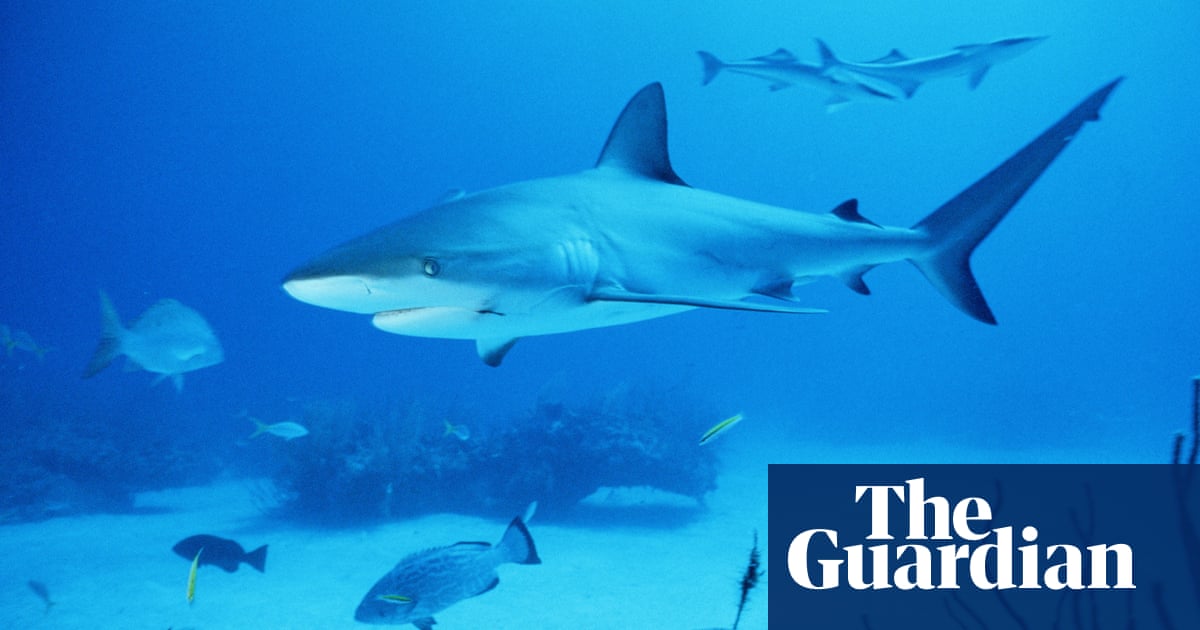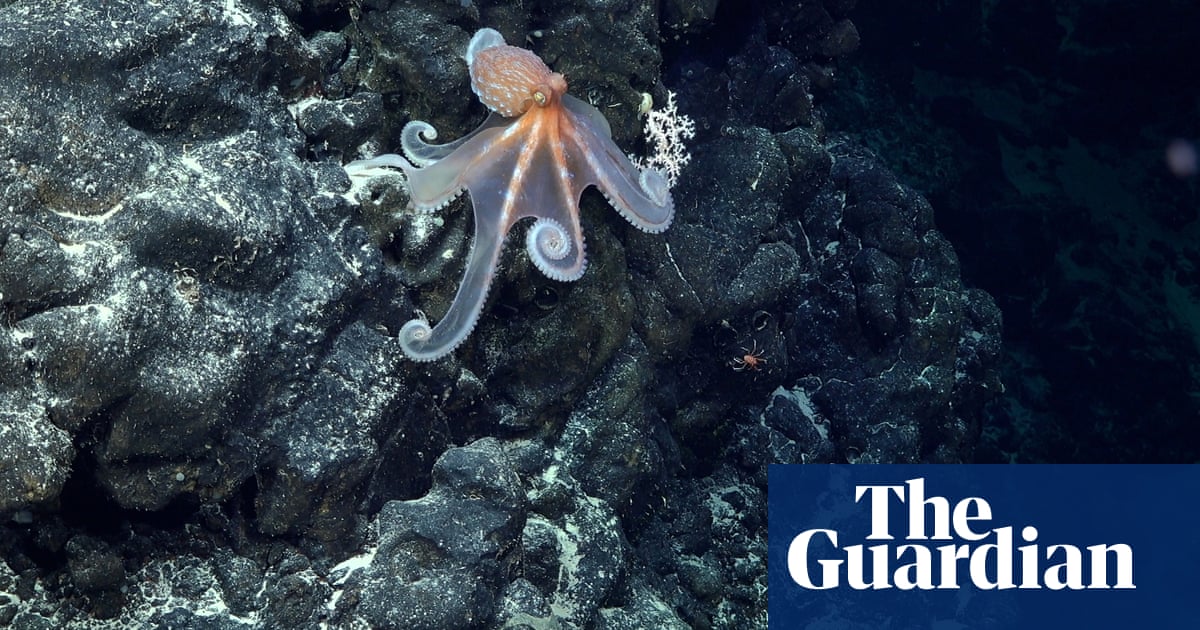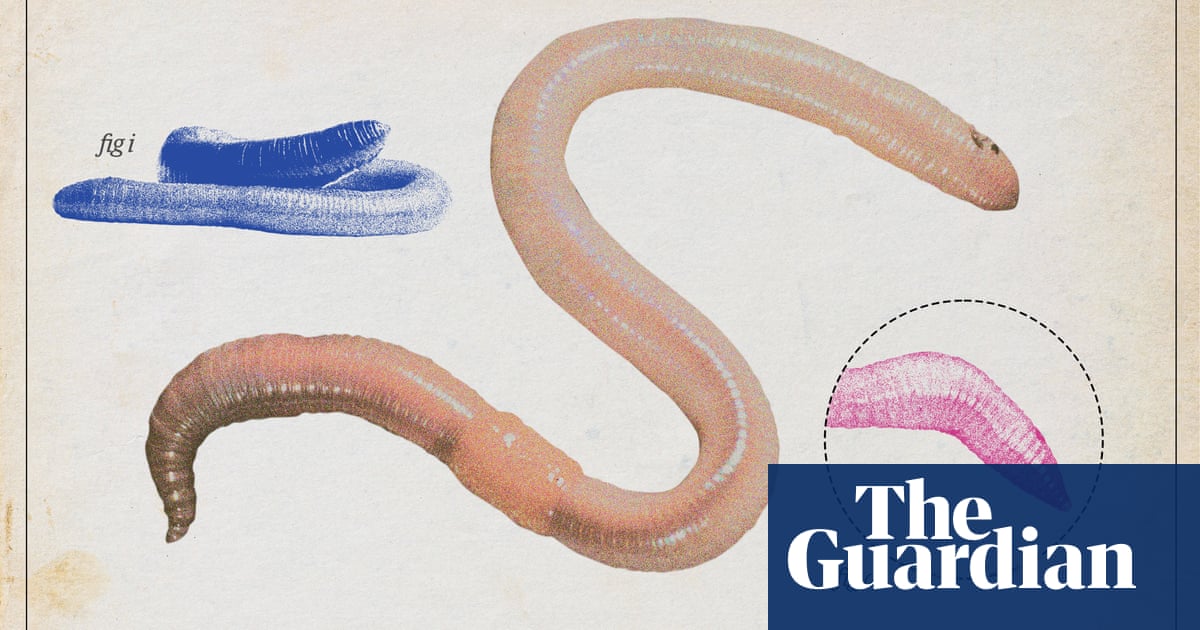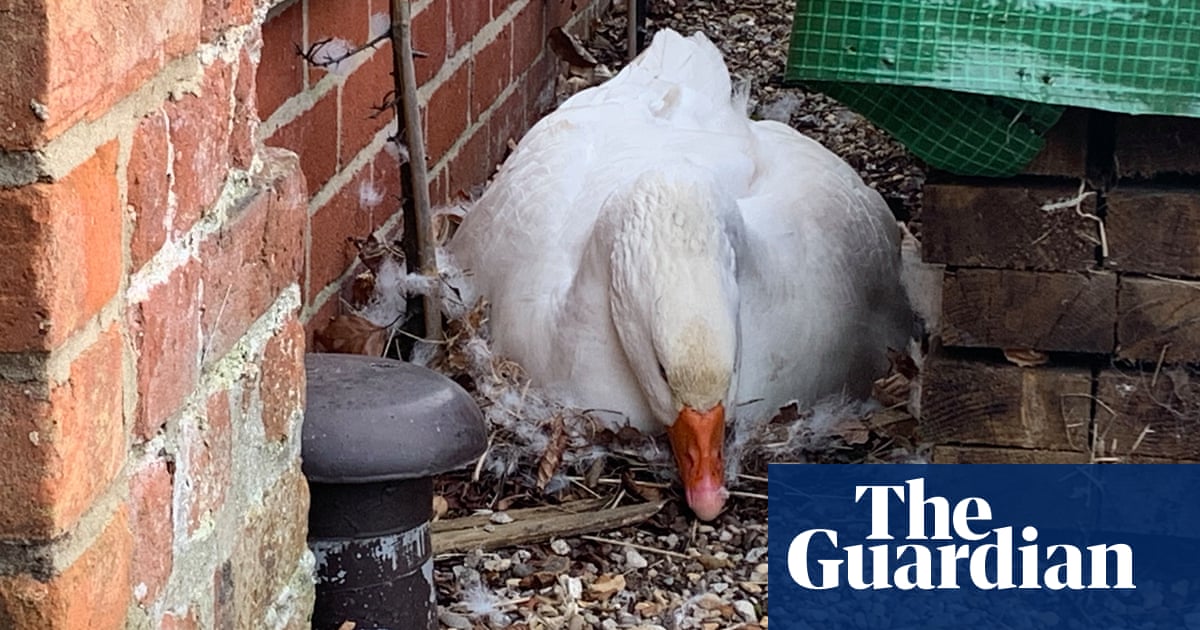France has been accused of hypocrisy by conservationists over a fresh post-Brexit dispute with the UK over fishing rights.
France launched an official protest after the UK banned bottom trawling from parts of its territorial waters last month, with the aim of protecting vulnerable habitats.
The ban on bottom trawling â a hugely damaging fishing technique that drags heavy nets along the seabed â covers British as well as EU vessels, and applies to 13 marine protected areas (MPAs), covering 4,000 sq km.
French diplomats claimed the move breached the EU-UK Trade and Cooperation Agreement (TCA), which could lead to punitive measures against the UK if an arbitration tribunal rules in Franceâs favour.
Charles Clover, director of the Blue Marine Foundation, a UK-based conservation organisation, said the TCA clearly permitted fishing restrictions provided they were applied equally.
âThis is hypocrisy by the French,â he said. âThey are not looking at the small print.
âThey are playing a ludicrous ideological game against their own rightwing parties, grabbing back support from the trawlermen and not looking at what the rules are.â
The Paris-based environmental group Bloom said it would consider legal action against France if it continued the dispute.
Claire Nouvian, head of Bloom, said the French president, Emmanuel Macron, was showing the world his true ideological stripes.
âIt is an embarrassment for France, who say they are champions of the worldâs oceans, to do this,â she said.
âIt highlights the discrepancy between their words and their actions. If they keep going down that route, we will look into litigation ourselves to sue the French government.â
Many trawlers operating out of Boulogne depend on the restricted areas for much of their catch. Far-right politicians have backed the trawler operators, with Rassemblement National, the parliamentary party led by Marine Le Pen, stepping up rhetoric on the issue.
The party in the northern Hauts-de-France region, in a post on X, accused the UK of threatening the survival of the industry.
Last year, an editorial in Nature magazine described France â which held a global oceans summit in 2022 and is hosting next yearâs UN ocean conference â as being among the countries undermining progress towards ocean sustainability because it opposed a ban on bottom trawling in marine protected areas in the EU.
In 2022, France, the UK and Costa Rica launched the High Ambition Coalition for Nature & People to push for protecting 30% of land and sea by 2030 (known as the â30×30â target).
Nouvian said: âThe TCA language is precise. Itâs not discrimination to implement what the scientists have been saying and what member states have been talking about in their 30×30 plans.â
She noted that all member states were expected to ban bottom trawling in MPAs by 2030 under the EUâs ocean action plans.
A UK government spokesperson said: âWe are proud of our strong record of safeguarding our oceans and the precious species that depend on them. The recent decision to prohibit bottom trawling, which applies to all vessels âincluding British ones â followed extensive consultation with a range of stakeholders, including UK and French fishing organisations.
âIt represents a significant step in protecting our vulnerable and ecologically valuable rock and reef habitats, where the scientific evidence has demonstrated the negative impact of bottom-towed fishing gear.â
Officials from the European Commission were meeting their French and UK counterparts on Monday to discuss the issue.
A commission spokesperson said: âWe are having a meeting to share information on adopted, or about to be adopted, measures, as part of our technical exchanges.â
It is the second dispute this year over the UKâs marine conservation measures. In February, Denmark and Sweden asked the EU to intervene after the UK closed part of the Dogger Bank fishing grounds in the North Sea to protect seabirds.










